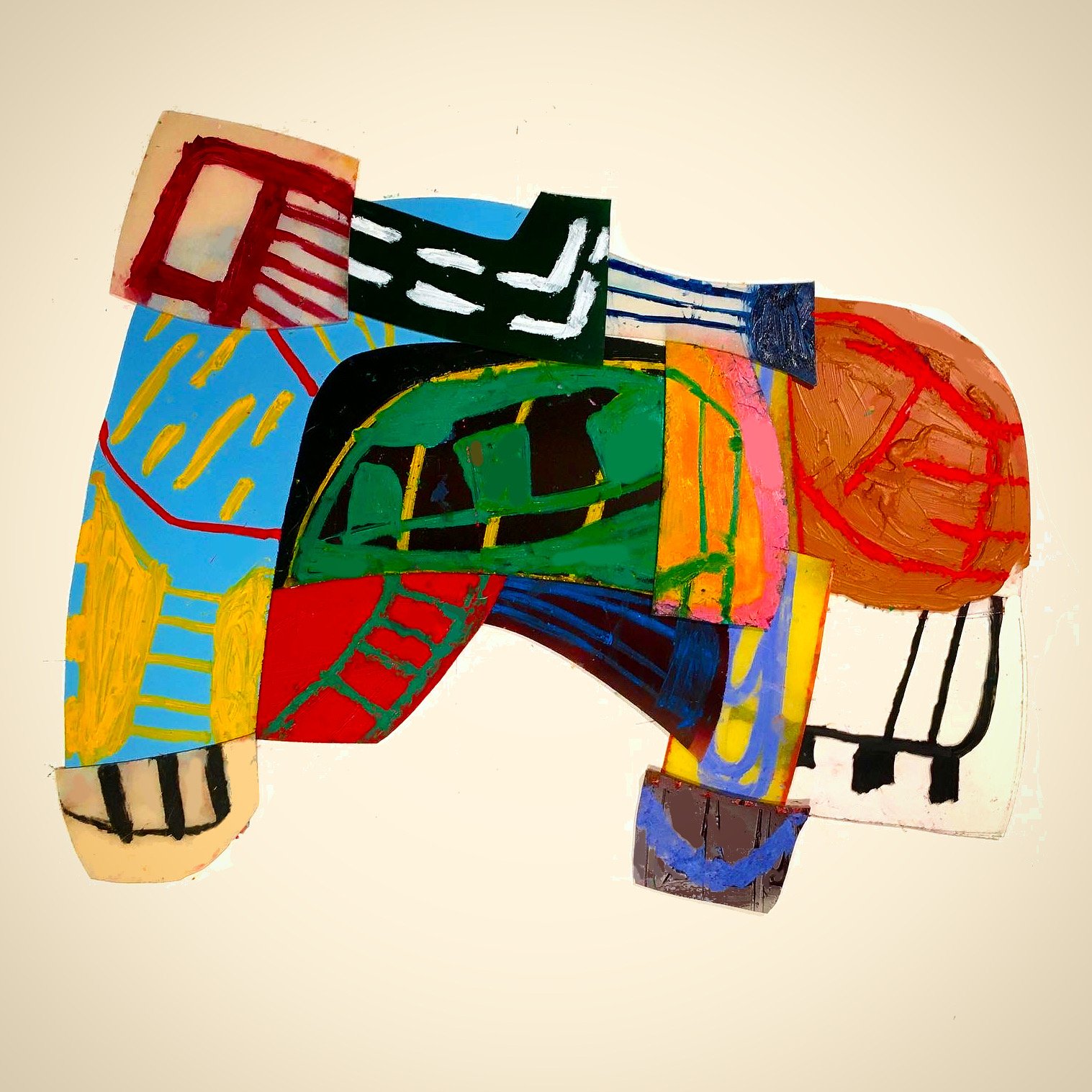
These Paintings in Three Dimensions are physical works. Brush strokes float on separated parallel sheets of transparent acrylic to fill space with visual events.
While an art student at the University of California, Berkeley in the early 1970s, Paul Mlyniec set out to develop a three-dimensional painting medium—one that would combine the fluidity of painting with the spatial presence of sculpture and allow artists to mark up space by floating brush strokes in the air with a wave of the hand. It was as much about the painting process as it was about viewing process. After surveying the limited 3D technologies available at the time, he returned to the University to earn a degree in Computer Engineering, and graduated in 1984, just as the computer graphics industry was being born.
Over the next decade and a half Mlyniec produced award-winning 3D virtual reality software and in 1998 he founded DigitalArtForms to focus his professional efforts exclusively on the development and commercialization of the 3D painting system. In 2003 Digital ArtForms released the world's first commercial immersive modeling system. In 2015 he released an immersive CAD system called MakeVR with HTC and Sixense Entertainment.
Throughout this time Mlyniec has created a varied body of three-dimensional physical paintings—stuffed canvases, canvas-upholstered constructions, plexiglass constructions, and coated found objects. His layered transparent paintings (the Box Paintings) are a common thread throughout these years and are possibly Mlyniec’s most natural expression.
